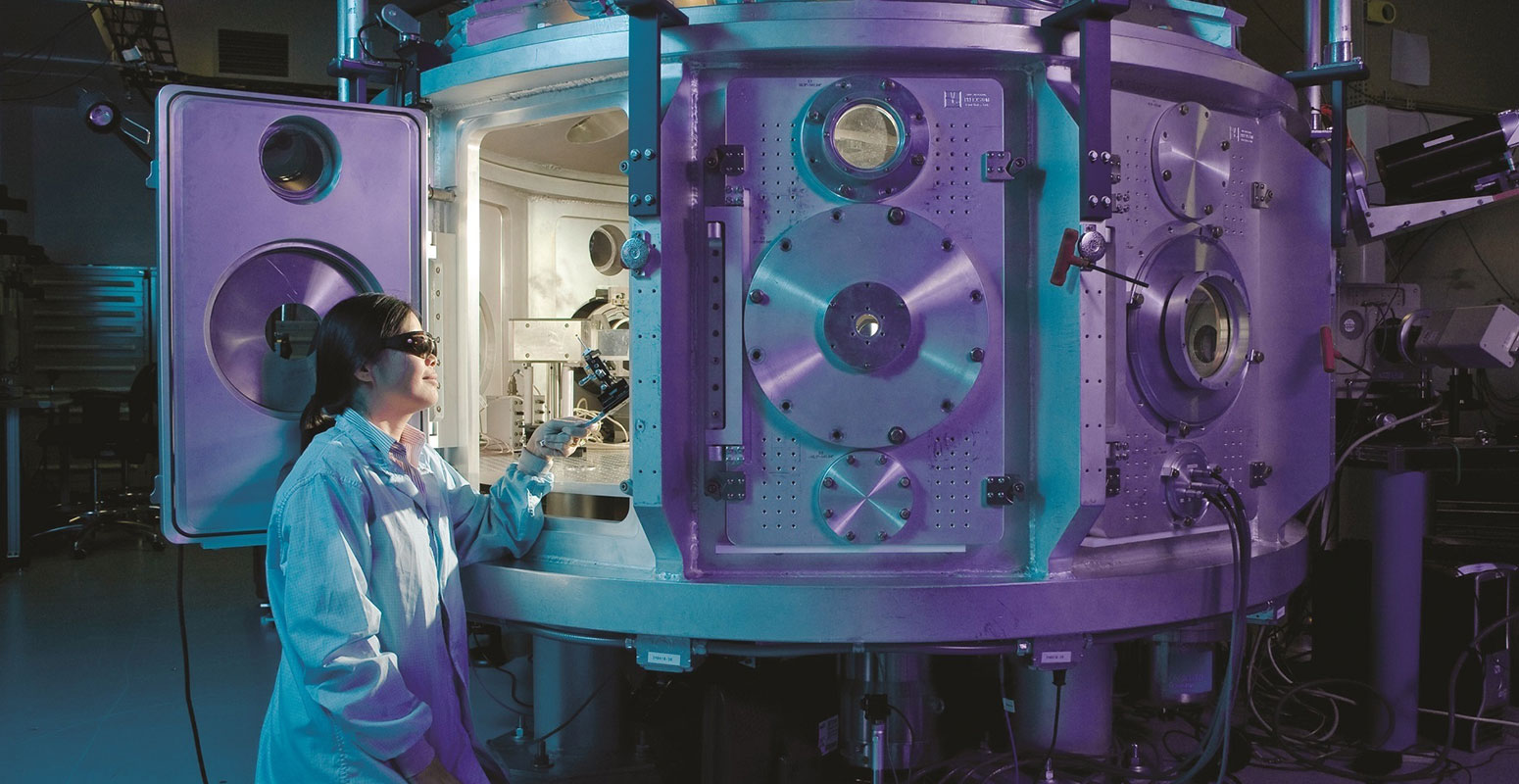In order to acquire a patent for an alleged invention, it must be novel and unobvious and useful.
Two of our previous articles, “The first rule of inventor fight club” and “Publishing and patenting” have focused on the novelty requirement of patentability.
Another previous article, “Is it obvious? That’s a tricky question”, focused on the unobviousness requirement. This article will explore the “useful” requirement.
The patent commissioner does not interpret the word “useful” in the way that it is commonly used in speech. An invention is considered “useful” so long as it does the thing that it claims to do. It is not relevant if what the invention accomplishes appears pointless, immoral or that no one would ever want to buy it. Usefulness is a finding of fact – not a judgment. “The test of utility of an alleged invention depends on whether by following the directions of the specification, the effects which the patentee professed to produce can be, in fact, produced.”[1] The word useful here simply means “has a use”.
Morality is not at issue
One particularly entertaining example which demonstrates that morality is not a consideration in the usefulness of an invention comes from an appeal brought by one “Mr. X”. He had filed a patent for an invention which he described as a “death ray”. The Patent Commissioner refused to grant the patent, claiming that the invention “lacks utility because it is inoperable for the purpose for which it was designed.”[2] No one even mentioned that it’s a death ray. The question was not whether killing people was useful or indeed moral – the question was whether the death ray actually did shoot rays of death as claimed. It did not.
Marketability is not at issue
In its ordinary use, the word “useful” implies that an invention does something that some group of people care about, which usually means there is a market for it. However, marketability is not a requirement of utility in patents. Take, for example, US patent #4,233,942. This invention is headgear for a particular breed of dog, such that the dog’s ears are held to the side in toilet-paper roll style tubes. The invention claims to keep this type of dog’s ears from dragging in its food. It does indeed accomplish its goal, so it is useful in the sense required of a patent, even if the invention would not be considered “useful” by many consumers.
Another invention described in US patent #5,356,330 is a high five machine, below – it has a use, it does something, so it meets the condition for a patent, but would we really describe it as useful? Probably not.
Both of these inventions were granted patents. The patent commissioner was not suggesting that these are marketable by issuing the patents – only that they each have a use.
[1] X v Canada (Patent Commissioner), [1981] 59 CPR (2d) 7, [1981] FCJ 1013, at para 4.
[2] X v Canada (Patent Commissioner), [1981] 59 CPR (2d) 7, [1981] FCJ 1013, at para 4.


